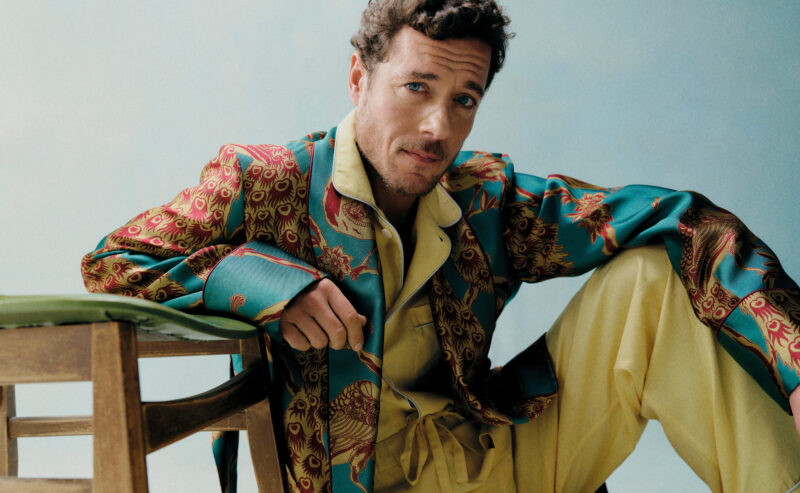The pandemic has driven this idea home more recently — it has brought radical changes to working habits, with more of us free to work from home, and with the boundaries between work and leisure time blurred. Add in the pressures of mounting living costs and it’s no wonder that the notion of the ‘capsule wardrobe’ has become super-charged.
“Over Covid, we’ve seen men really start to appraise each garment more closely, in terms of how it’s made, how long it might last, but also how useful it really might be to them,” adds Cundey. “They really want to know that a garment will work hard for them. There’s a clear shift away from disposability in clothing.”
Of course, creating the rational but still interesting wardrobe is not just a personal journey — depending on the individual’s lifestyle, work, age, interest in style, and priorities. As a tailor, Cundey, for one, can be very particular. He’s at the dressier, besuited end of the style spectrum — and recommends a not inexpensive but focused selection to cover all bases. That, he concedes, isn’t easy.
“This is the more minimal wardrobe I’m suggesting — but I could give you 50 more options, if you like,” laughs Cundey. “There is a lot to consider, not least climate, if you live somewhere with distinct seasons or travel a lot. You also need to keep in mind that if you have less but more useful clothing, you can’t wear certain garments all the time, no matter how well made they are — suits especially need to be left to breathe occasionally.”





